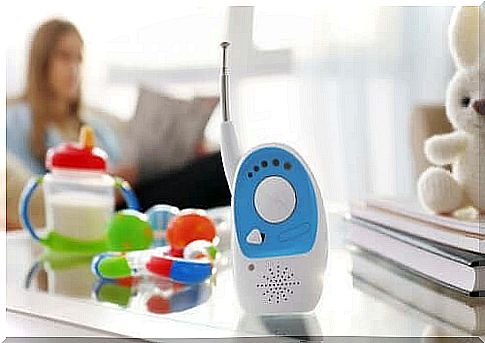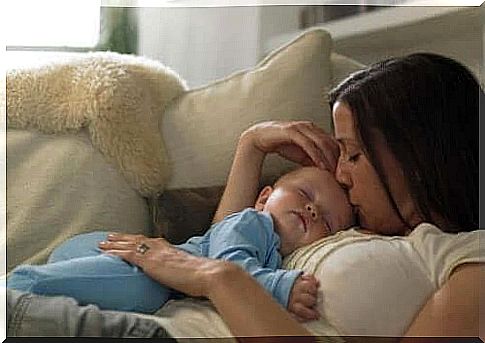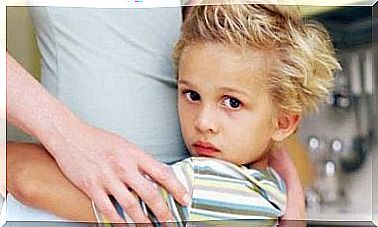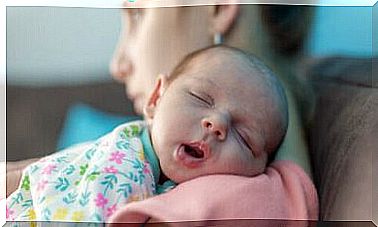Baby Monitors To Monitor Babies – Being Parents

The arrival of a new baby in the family often fills the house with many new accessories. Baby monitors are one of these essential devices because they allow you to monitor the baby. These are devices that are used to maintain communication with your little one when he is not by your side or in front of you.
Baby monitors allow you to respond quickly to your little one’s movements. However, it is important to know exactly what you need before purchasing such a device.
Therefore, there are some important elements and features that you need to consider which may be of most use to you. For example, the ability to vibrate, to produce light, the existence of a camera or even night vision.
However, these characteristics vary from model to model. Therefore, we advise you to carefully assess your needs before choosing a particular model.
Baby monitors to listen to babies
Now, let’s describe the different features that you should consider when choosing your device:
1. Video and audio surveillance
An intercom limited to audio surveillance has the advantage of being easy to use. Communication can be unidirectional but also bidirectional. Thus, it allows you to hear all the sounds that your child makes while awake or asleep.
With this type of device, you will be able to know when it starts to cry or if it needs your attention. In addition, you can walk around the house freely and go about your business while remaining available for your little one.
The integration of the video option allows you to hear but also to see the baby. These types of baby monitors can run continuously or turn on only when the little one starts to move.
They have a camera mounted on the wall or placed on a table, for example in the baby’s room, and a video screen to monitor it from anywhere. Most video screens offer high definition resolution. Some even have built-in night vision capability for daytime and nighttime surveillance.

2. Wifi connectivity in baby monitors
WiFi baby monitors allow you to monitor your child through a video application downloaded to your phone or tablet. This type of device is ideal for busy parents when they are at the office or, for example, when going out to dinner and letting a babysitter take care of your little one.
Wi-Fi monitors use secure channels to stream video over wireless networks. In addition, the baby monitor sends notifications to your device when sound or movement is detected in the room.
3. Ambient temperature monitoring
Some devices can detect the ambient temperature of the room. Indeed, they contain a thermometer so that you can ensure the comfort of your child. They also allow you to monitor the room temperature when a window is open.
4. Two-way baby monitors
The two-way baby monitor allows you to listen to your baby but also to talk to him. Some baby monitors are even capable of reproducing sounds.
This option then allows you to give him lullabies to soothe your baby without attracting too much attention. On the other hand, there are models that offer additional features. For example, light up in the dark.
5. Tilt, rotate and zoom baby monitors to listen to babies
As soon as children can walk, it is easy to lose sight of them. This is why there are devices on the market that have swivel functions that allow you to adjust the camera to follow your baby’s movements. The zoom function is also useful if you want to record videos or take screenshots with your baby monitor.

6. Baby monitors with motion sensor
Some baby monitors are equipped with motion detectors which are placed under the baby’s mattress. You are thus guaranteed to be warned by alerts if no movement is detected for more than 20 seconds.
It is an ideal type of baby monitor for newborns and for those who are just starting to move around and explore their world. However, it is advisable to use it without the option of motion detection during the child’s first years.
In short, baby monitors must adapt to the situation and the layout of the baby’s room. They must allow effective and safe surveillance from all rooms of the house. It is important to consider the signal range of the device to avoid interference with other electronic devices in the house.









